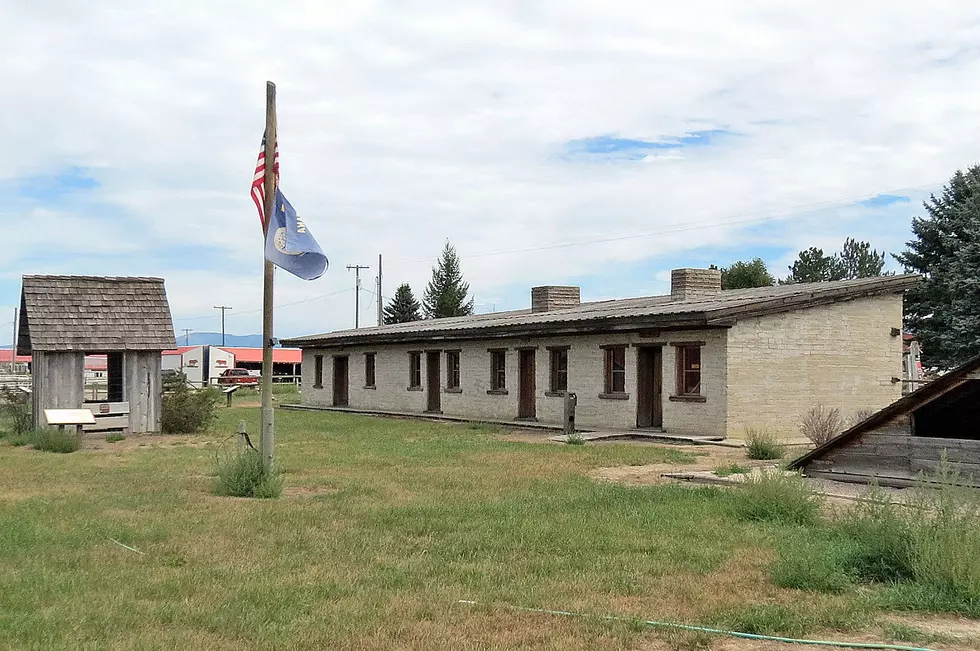
Adobe Needed For Montana’s Historic Fort Owen
A southwestern building material was used in the mid-1800s at Stevensville's Fort Owen. John Owen bought the property from St. Mary's Missions and decided to establish a trading post. To build the barracks and the fort's outer walls, he wanted to use adobe bricks. And he used local clay as one of the main ingredients.
He was persistent in his building project and historians say thousands of the bricks were fashioned. In a "Friends of Fort Owen" report, Lorraine Roach notes that Owen's journals had plenty of mentions of the adobe work. Apparently, some days were too wet to let them dry after making the bricks, so it took a while.
Some of the adobe bricks are still there in the East Barracks walls (photo above), but, as you might expect, they need repair. Working with a Montana History Foundation grant, FWP Montana State Parks wants to restore the damage with local material. The local Friends of Fort Owen group has been studying the material and has been looking for the original "clay pits" that Major Owen used. They also are looking for any other sources of the same type of material in the Bitterroot Valley.
Lorraine has asked the community to let the Friends group know if you have a deposit of clay or even some "sticky silt" that the group could test. They would need a few buckets of the material. Philip Maechling has more information at 406 529-4873. For historic purposes, it would be desirable to use similar local material to make the adobe. The work is part of the renewed interest in Fort Owen, one of the oldest remnants of pioneer settlement in the state. The park itself just re-opened with a much larger parking lot and other improvements on the northwest edge of Stevensville.
LOOK: Stunning animal photos from around the world
Check out these 50 fascinating facts about dogs:
More From 96.9 Zoo FM









